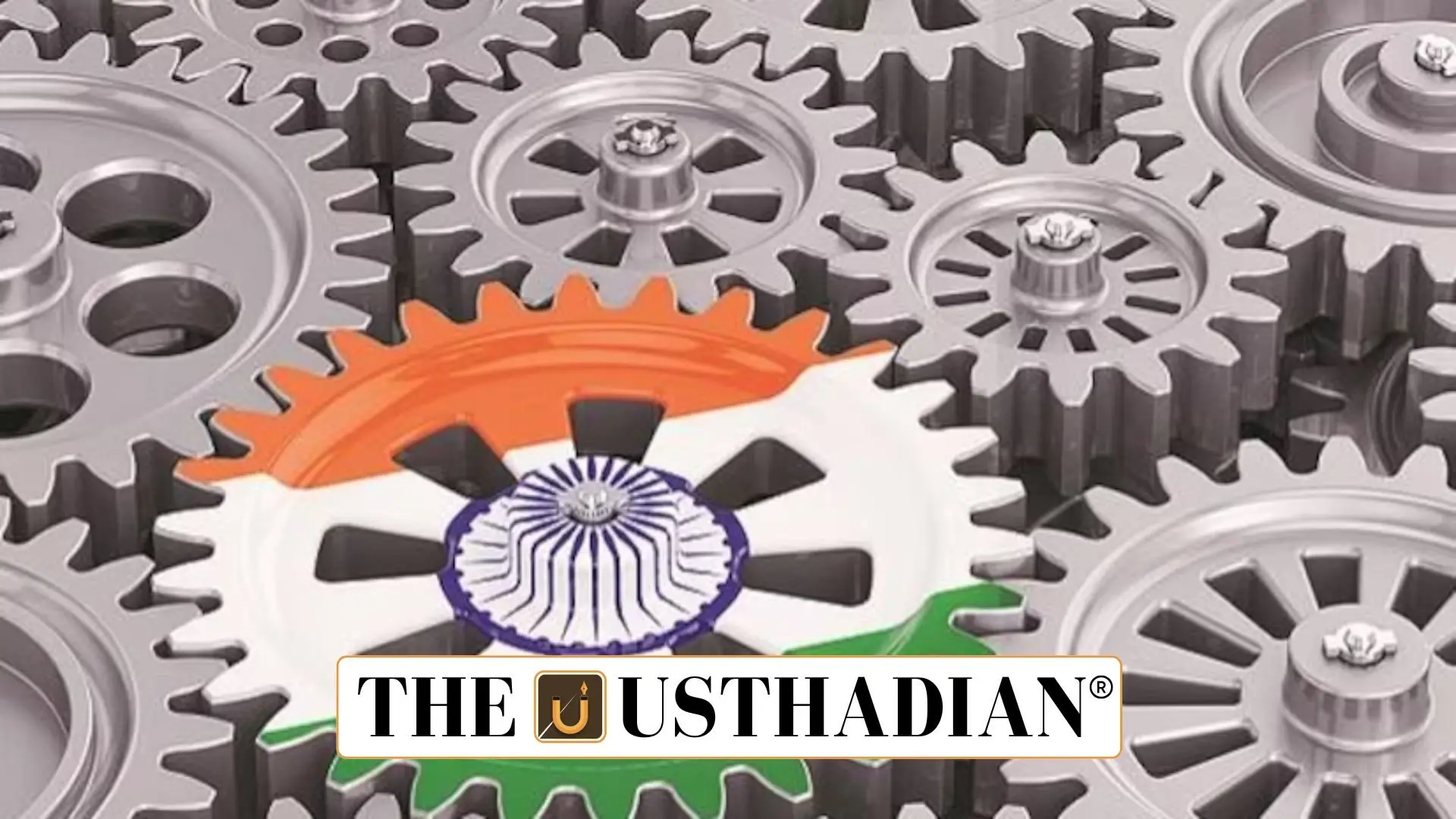Strengthening Manufacturing for India’s Economic Future
National Manufacturing Mission Launched to Power India’s Industrial Growth: India has taken a bold step to boost its industrial backbone by launching the National Manufacturing Mission. Announced during the Union Budget 2025, this initiative is designed to significantly increase the manufacturing sector’s contribution to GDP, which currently hovers around 16–17%. The mission is aligned with the Make in India vision, and aims to create a globally competitive, resilient, and innovation-driven industrial ecosystem. An interministerial committee has already been formed to shape the policy framework for this ambitious mission.
Core Objectives: Reform, Skill, Innovate
At its core, the National Manufacturing Mission is anchored on five major pillars. First, it aims to simplify the ease of doing business by slashing regulatory costs and streamlining procedures. Second, it envisions a future-ready workforce, equipped with industry-relevant skills and technological know-how. A strong focus is also placed on revitalising the MSME sector, which employs a significant portion of India’s labour force and contributes greatly to exports. The fourth pillar targets improved access to advanced technologies like automation, AI, and robotics. Lastly, the mission promotes product quality and global competitiveness as central to India’s industrial rise.
Policy Support and State-Centre Synergy
The success of this mission will depend heavily on a strong governance framework. The Indian government is working on a centralised monitoring system that involves both central and state-level ministries. This structure will coordinate efforts to improve industrial infrastructure, offer targeted incentives, and create favourable regulatory conditions for both large and small manufacturers. The focus will be on providing sector-specific support to catalyse growth.
Green Manufacturing and Labour-Intensive Industry Focus
The mission places a special emphasis on clean technologies. India is looking to reduce its dependence on imports by encouraging the domestic production of solar panels, EV batteries, and wind turbines. At the same time, the initiative recognises the importance of labour-intensive sectors such as footwear and leather, which are capable of generating employment on a large scale. Dedicated schemes like the Focus Product Scheme will provide targeted assistance to these industries.
Empowering MSMEs and Enhancing Skill Development
The MSME sector remains a key beneficiary under this mission. The government will roll out new training and capacity-building programs to align skills with market needs. These efforts aim to create jobs while ensuring MSMEs are ready for the evolving demands of a competitive global market. In addition, skill hubs will be developed in coordination with industrial clusters to promote on-the-job training.
Toy Manufacturing and Food Processing: New Frontiers
The mission also supports sector-specific national plans like the National Action Plan for Toys, which seeks to position India as a global toy manufacturing hub. It will focus on developing cluster-based ecosystems and innovation-driven growth. In the food processing sector, a National Institute of Food Technology, Entrepreneurship and Management is being established in Bihar. This will help add value to agricultural produce, support rural entrepreneurship, and generate youth employment.
Static GK Snapshot
| Topic | Details |
| Launch Year of National Manufacturing Mission | 2025 |
| Manufacturing Share in GDP (2024) | Around 16–17% |
| Coordinating Body | Interministerial Committee |
| Key Sectors | MSMEs, Clean Tech, Footwear, Leather, Food Processing, Toy Industry |
| Major Schemes | Focus Product Scheme, National Action Plan for Toys |
| Skill Institute Location | Bihar (National Institute of Food Technology & Entrepreneurship) |
| National Policy Goal | Raise manufacturing share and boost Make in India |








